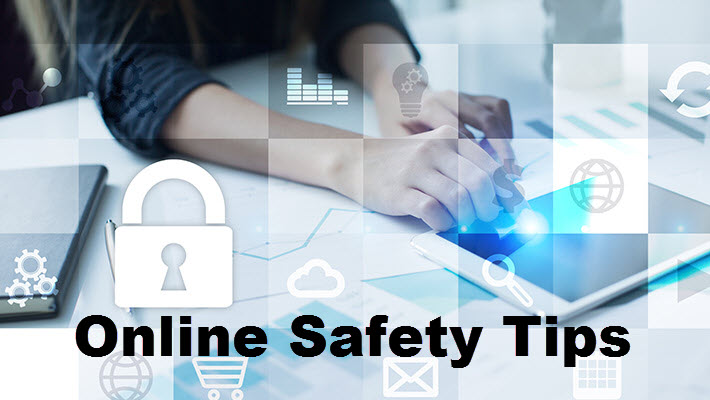A Guide to Internet Safety

In an era where the internet is as essential as oxygen for many of us, ensuring our safety online has become paramount. With the vast opportunities for connection, learning, and entertainment that the digital world offers, there also comes the inherent risks of cyber threats, privacy breaches, and online predators. Navigating this digital maze requires vigilance, awareness, and informed decision-making. Let’s delve into some essential tips and practices for safeguarding your online experience.
1. Strengthen Your Digital Fortress with Strong Passwords
Your passwords are the frontline defense against unauthorized access to your accounts. Ensure they are strong and unique for each platform. Utilize a mix of upper and lowercase letters, numbers, and special characters. Consider using a reputable password manager to securely store your passwords.
2. Stay Up-to-Date with Software Updates
Regularly updating your operating system, antivirus software, and applications is crucial. These updates often contain patches for security vulnerabilities, safeguarding your devices against potential exploits by cybercriminals.
3. Exercise Caution in Cyberspace
Be wary of suspicious links, emails, and attachments. Phishing scams are rampant, with cybercriminals attempting to trick unsuspecting users into revealing sensitive information. Verify the legitimacy of sources before clicking on links or providing personal details.
4. Protect Your Privacy Like Your Digital Identity Depends on It (Because It Does)
Review and adjust your privacy settings on social media platforms and other online services to control who can access your information. Be mindful of the data you share online, as once it’s out there, it’s challenging to retract.
5. Think Before You Click or Share
Before sharing personal information or engaging in online conversations, pause and consider the potential consequences. Be cautious of oversharing and avoid disclosing sensitive details that could compromise your safety or privacy.
6. Educate Yourself and Others
Stay informed about emerging cyber threats and online safety best practices. Educate yourself and your loved ones, especially children, about the potential dangers of the internet and how to navigate it safely.
7. Secure Your Wireless Network
Ensure your home Wi-Fi network is secure by using strong encryption and changing the default network name and password. Limit access to your network by enabling network encryption and using a strong, unique password.
8. Practice Safe Online Shopping and Banking
When making online purchases or conducting financial transactions, only use reputable websites with secure payment gateways. Look for the padlock icon and “https://” in the URL to ensure the website is encrypted and secure.
9. Use Two-Factor Authentication (2FA)
Enhance your account security by enabling two-factor authentication wherever possible. This adds an extra layer of protection by requiring a secondary form of verification, such as a code sent to your mobile device, in addition to your password.
10. Trust Your Instincts
If something feels off or too good to be true online, trust your instincts and proceed with caution. It’s better to err on the side of caution than to fall victim to a cyber scam or security breach.
In conclusion, while the internet offers boundless opportunities, it’s essential to navigate it with caution and mindfulness. By adopting these internet safety practices and staying vigilant, you can protect yourself and your digital identity in the ever-evolving landscape of cyberspace. Stay safe, stay informed, and empower yourself to make the most of the digital world responsibly.
